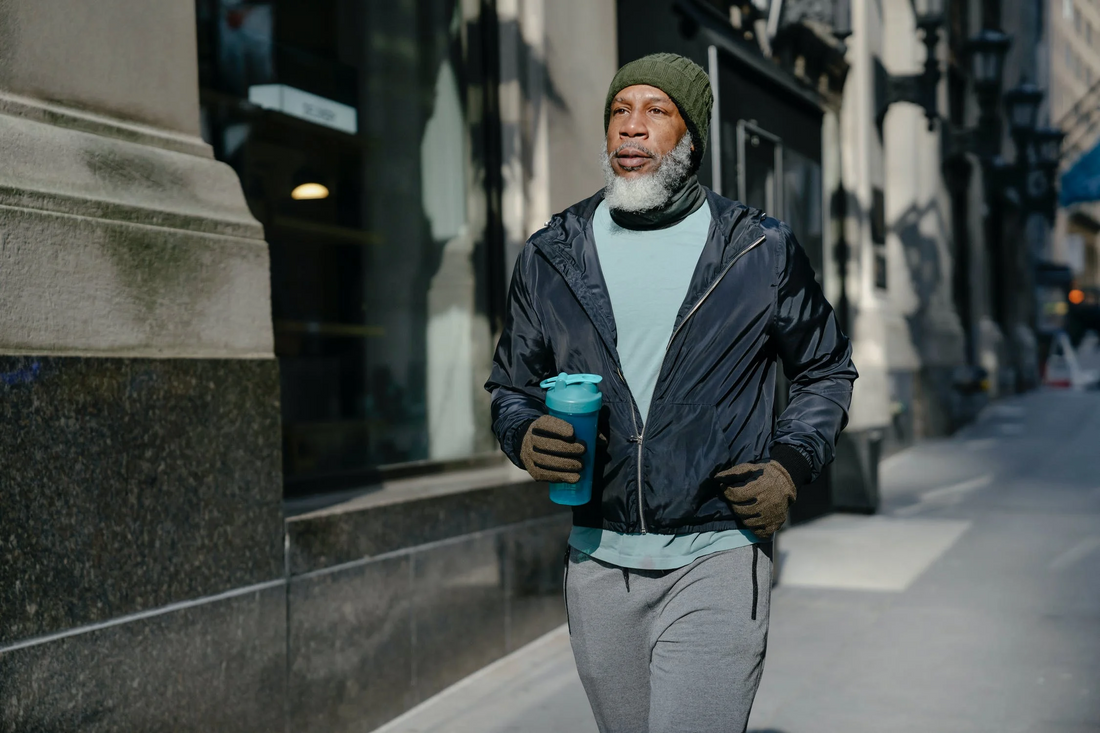
Breathlessness in COPD: Who gets it? What causes it? What can I do about it?
Share
The major symptoms of chronic obstructive pulmonary disease (COPD) include cough, sputum production and breathlessness. Breathlessness is also called dyspnea (disṕ-nee-uh), or shortness of breath. By far and away, breathlessness has the greatest effect on an individual’s day to day activities, social interactions, and quality of life.
Who gets it?
Breathlessness can be experienced by anyone—even Olympic athletes feel short of breath at the completion of their event! In COPD, however, breathlessness impairs your ability to do daily tasks such as walking to the mailbox, shopping, going to the movies or other events, and even walking around the house. As breathlessness increases, your ability to do things, interact with others, and care for yourself declines. Subconsciously you may start avoiding activities and situations that make you more breathless and adopt a more sedentary lifestyle.
Therefore, preventing and reducing breathlessness is a primary goal of COPD care.
What causes it?
When you have COPD, your air tubes in the lungs – called bronchi, may become floppy and saggy, causing them to collapse when you exhale (breathe air out). Due to the collapse of the air tubes, some air gets stacked in the distal air sacs. This is more problematic during exercise and exertion. This process of having too much air to be trapped in your lungs leads to something we call dynamic lung hyperinflation.
During exertion or times of anxiety, we all tend to breathe faster, allowing less time to exhale all the air that we have taken in. But in individuals with COPD, this stretches the lungs, chest wall, respiratory muscles, and diaphragm causing shortness of breath. It’s very uncomfortable to breathe in this way. It also requires more energy for each breath.
Stopping exertion and slowing down your breathing gives you more time to exhale. This can help deflate the lungs and relieve shortness of breath, but stopping what you’re doing to relieve the air trapping can limit your ability to perform daily activities.
What can you do about it?
While the damage to the air tubes (bronchi) may not improve, there are a few things you can do to reduce the dynamic hyperinflation and the feeling of breathlessness.
Breathing medications such as inhalers can help you get more air in and out of your lungs by relaxing the tight air tubes. Use your inhalers as prescribed by your doctors and ask if the inhaler types need to be adjusted or changed if your symptoms are not well controlled.
Another way is to apply breathing techniques that help reduce air trapping and breathlessness. Such as pursed-lip breathing, a technique where you slowly exhale through pursed lips (just like blowing bubbles), can produce a back pressure, keeping the airways open and allowing more air to be expelled. Pursed lip breathing is commonly taught during pulmonary rehabilitation and gives you a better control of your breathing.
A new treatment for dynamic hyperinflation and breathlessness is the use of PEP-Buddy, a small, lightweight, hands-free device that you hold in your mouth like a whistle. PEP-Buddy makes it easier to perform controlled breathing. It helps you slow your breathing rate, gives more time to exhale the air, gives a little back pressure (positive pressure) to keep the small air tubes open in the lungs, and helps you focus on breathing. You can use it while sitting and during activities.
If you are currently smoking, then make every effort to quit smoking. Quitting smoking usually improves your symptoms and prevents the air tubes (bronchi) from more damage.
Another way to improve breathlessness is by getting a procedure in which valves or metal coils are inserted in the lung through a bronchoscopy. This can be a suitable option for some patients with COPD but may not be applicable to others. These valves and coils help deflate the parts of the lungs that are abnormally stretched and expanded due to COPD.
For some patients, a lung volume reduction surgery may also be helpful. In this surgery some parts of the expanded lungs are removed to allow the rest of the lung to function better. These procedures of lung valves, lung coils and lung volume reduction surgery have their risks, so it’s essential to start with the appropriate inhalers, breathing techniques and devices, smoking cessation, and participate in a pulmonary rehabilitation program first. If you still feel that your breathlessness is out of control, then discuss these procedure options with you doctors.
You CAN breathe better and live better!
By Dr Ralph J Panos, MD, professor emeritus at University of Cincinnati, Division of Pulmonary & Critical Care. Dr Panos is the medical director of the national VA tele-ICU program. He is an expert in COPD and the co-inventor of PEP Buddy.
